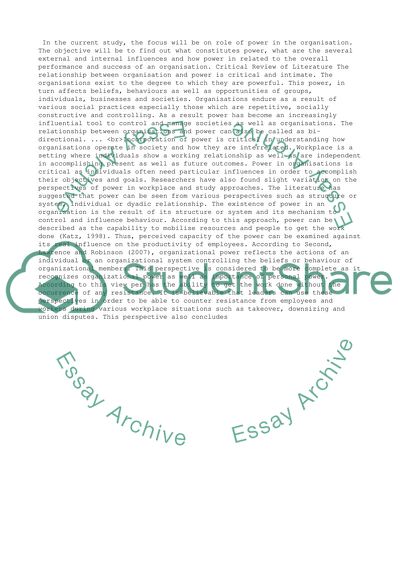Cite this document
(“Business Management Literature review Example | Topics and Well Written Essays - 3000 words”, n.d.)
Business Management Literature review Example | Topics and Well Written Essays - 3000 words. Retrieved from https://studentshare.org/business/1497789-business-management
Business Management Literature review Example | Topics and Well Written Essays - 3000 words. Retrieved from https://studentshare.org/business/1497789-business-management
(Business Management Literature Review Example | Topics and Well Written Essays - 3000 Words)
Business Management Literature Review Example | Topics and Well Written Essays - 3000 Words. https://studentshare.org/business/1497789-business-management.
Business Management Literature Review Example | Topics and Well Written Essays - 3000 Words. https://studentshare.org/business/1497789-business-management.
“Business Management Literature Review Example | Topics and Well Written Essays - 3000 Words”, n.d. https://studentshare.org/business/1497789-business-management.


